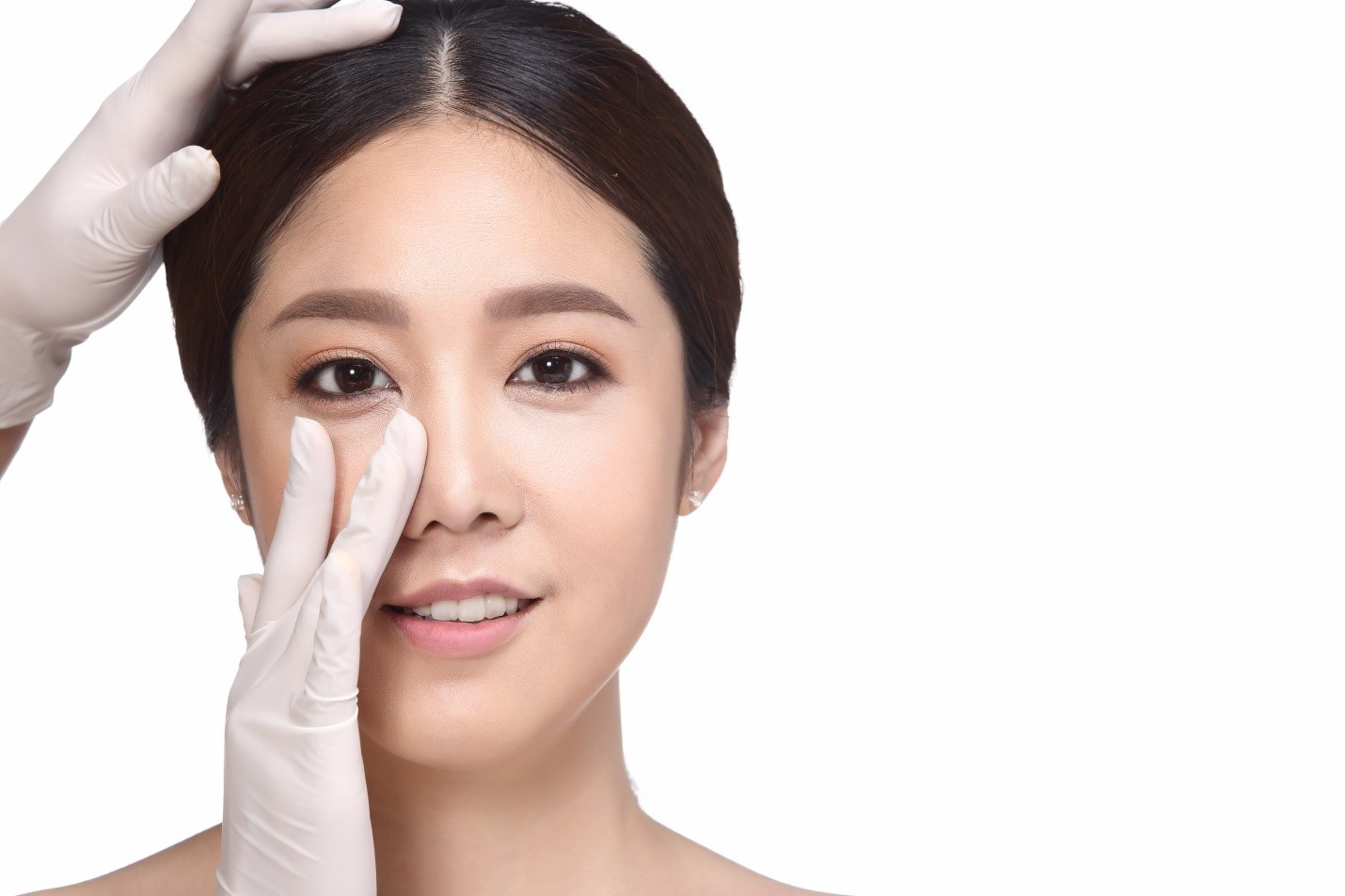
Revision rhinoplasty is commonly done in a lot of people more than we know. Plastic surgery procedures like rhinoplasty can be done by preference, but there are times when we either pick the wrong hands to perform the procedure or experience unforeseen issues. Since the nose is at the center of the face and is easily visible, no one wants it to look misshapen and in disharmony with the other features of the face. For problems that arise after a primary rhinoplasty, revision rhinoplasty is the best solution.

What is a Revision Rhinoplasty?
According to an article in the Brazilian Journal of Otorhinolaryngology, 5-15% of individuals who underwent a rhinoplasty procedure also had a revision rhinoplasty. Revision rhinoplasty is a surgical procedure to correct the function and appearance of the nose due to healing complications, failure to fix the nasal structure properly, and mishandling after undergoing a primary rhinoplasty. This revision surgery is known to be the most challenging and complex among all facial plastic surgeries. This is because it is demanding both technically and artistically. It also requires excellent precision and proper techniques since the nose has already been altered previously with bones, cartilages, and tissues removed and replaced. This means that to be able to restore the nose to its proper function and recreate the original appearance, grafts, and rearranging of the nasal structure is inevitable.
Reasons for Revision Rhinoplasty
Unlike other plastic surgery procedures, a person cannot decide to have a revision rhinoplasty just because he or she wants to. Before the process, a thorough examination by the doctor is done to determine if the person needs a revision rhinoplasty or some other treatment. Individuals are only qualified for the procedure if the first rhinoplasty resulted in the following reasons:
- An imbalance in the nasal structure
- Disharmony of the nose with other facial features
- Obstruction of the nasal airway
- Cartilage or bone collapse
- An overdone appearance of the nose
- An asymmetrical nose
- Over reduction or inadequate reduction
- Excessive or inadequate projection of the nasal tip
- A pinched tip
- Thickened scar tissue inside the nose
- Collapse of the external and internal nasal valve
Revision Rhinoplasty Procedure
Every revision rhinoplasty procedure is highly customized based on the patient’s functional and cosmetic goal, needs, and case. Since the operation is considered as an invasive one, general anesthesia or local anesthesia with sedation is used for pain management during the surgery. The revision can take around 3-4.5 hours, depending on the complexity of the patient’s case. The following are the steps done during a revision rhinoplasty:

- Depending on the revision needed, this procedure can be done through a closed or open rhinoplasty. Closed rhinoplasty (incisions inside the nose) is much preferred for minor corrections. On the other hand, open rhinoplasty (incisions under the nasal tip along the columella) is best for more complicated cases wherein significant parts of the nasal structure needs to be altered.
- Once the incisions have been created, the surgeon then does the needed revision to restore proper function and appearance to the nose.
- If bone and cartilage have collapsed or have been removed previously, the surgeon will take cartilage from the ear or rib to restore the nasal structure.
- When revisions and adjustments have been made, they will redrape the skin on the nose (if open rhinoplasty) and close the incisions using sutures. A splint is then placed on the nose for support and protection.
Revision Rhinoplasty Recovery
Following a revision rhinoplasty, your nose will be swelling and bruising at the same time. You will also be wearing a nose splint that serves protection for your nose as well as a support for its new shape. During this time, you should avoid any strenuous activity and contact sport until you are permitted by the doctor. You should also make sure to elevate your head when resting and use an ice pack to aid with the swelling. The doctor will most probably give you medication for pain to ease discomfort and antibiotics to prevent infection from occurring. Most patients are recommended to take two to three weeks leave from work so that healing could progress quickly because of proper rest. The nose will continue to heal, and you will be able to see significant improvements at around six months. However, it may take a year for full recovery and results to complete.
Revision Rhinoplasty Before and After
When done by a well-experienced and knowledgeable plastic surgeon, a revision rhinoplasty can be life-changing. As seen in the before and after pictures below, the patients’ noses have significantly improved, and the results look promising. From an asymmetrical and flat-looking nose to a more harmonious and ideal nasal shape and appearance.


Correcting a failed rhinoplasty procedure is more common than you think. Through the surgical procedure, the nose’s function and appearance are restored to help the patient become more comfortable again with his or her nose. There are a lot of reasons why revision rhinoplasty is performed, and some of those are imbalance in the nasal structure, cartilage collapse, overdone appearance, and thickened scar tissue. The procedure may involve an open or close rhinoplasty, depending on the patient’s case, as well as the use of cartilage taken from the ear or the rib. The recovery is quite the same as the recovery for a primary rhinoplasty or may take even longer. There will also be swelling and bruising and the results will be visible within six months to a year.
Since a revision rhinoplasty is much more complicated than a primary one, the plastic surgeon’s skill, knowledge, and experience are a huge factor in ensuring the success of the procedure. If you need a revision rhinoplasty, the best option is to contact Seoul Guide Medical through their website. They will be the ones to determine which plastic surgeon and clinic in Korea are best for your case. This will not only save you time in looking for a trustworthy surgeon but will also prevent you from having more revisions in the future.
FAQ :
When should you get revision rhinoplasty after your first rhinoplasty?
Usually, it is recommended that a revision rhinoplasty be done until healing and softening of tissues has been completed, which is within 12 months. This is because it takes a year for the nose to heal after getting rhinoplasty, and while it is healing, it continually changes and improves. Something that may be bothersome about your new nose may fade within the 12 months. However, for severe cases of complications and failed rhinoplasty, the revision may be done within four to six months after primary surgery.
Are the results of a revision rhinoplasty permanent?
After undergoing revision rhinoplasty, expect that the results will be permanent and can last for a lifetime. If the patient is still unsatisfied with the revisions, or if complications arise, further revision surgeries may also be possible. This is why having a board-certified plastic surgeon who can guide the patient correctly and help manage expectations and goals is essential to make sure that a third revision will be prevented.
For whom is a revision rhinoplasty most recommended?
Revision rhinoplasty is most recommended for someone who has undergone a primary rhinoplasty, which resulted in dissatisfaction due to cosmetic or functional issues. Individuals who are qualified for the procedure are the following:
- Those who are in excellent health
- Those who have realistic expectations
- Those who want to restore the function and appearance of their nose
- Those who are unsatisfied with the results of their primary rhinoplasty
- Those whose septum became crooked after the primary surgery
- Those who experience external valve collapse
- Those who had complications during the recovery period
- Those whose goals were not met


